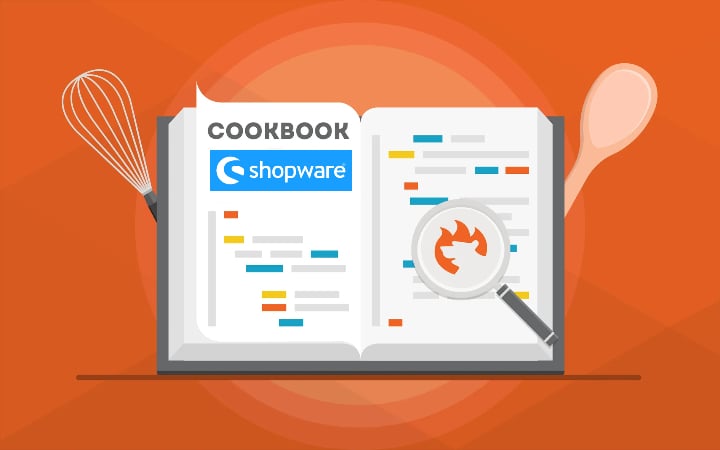How to Import Product Media to Shopware 6 in Correct Order

Chances are, importing product images to Shopware 6 leads to an unwanted disorder in the media section that has to be fixed manually. However, you can easily transfer product media to Shopware 6 preserving a particular placement of each image. In the following article, we shed light on the Shopware 6 users experience and provide a reliable way to avoid them. You will learn how to import product media to Shopware 6 in any order you wish. For other helpful suggestions, follow our Shopware Cookbook. Continue Reading
